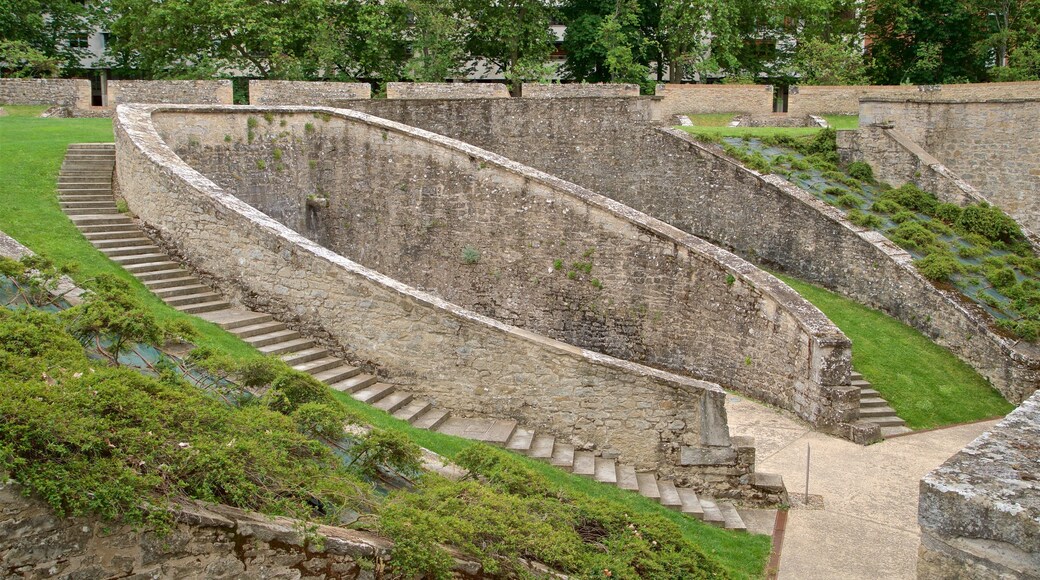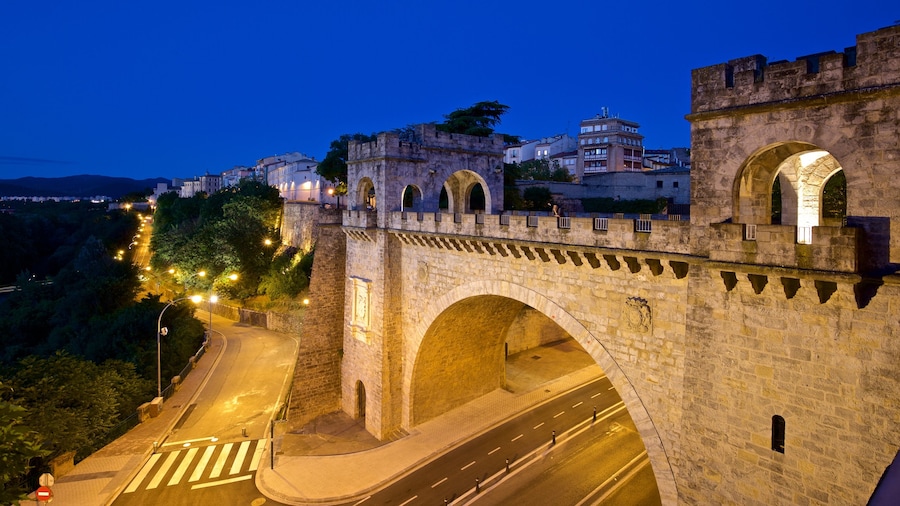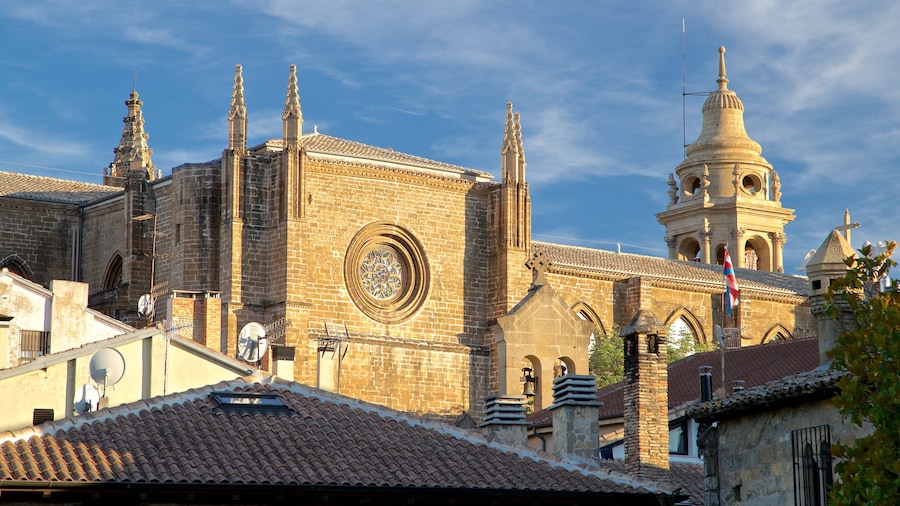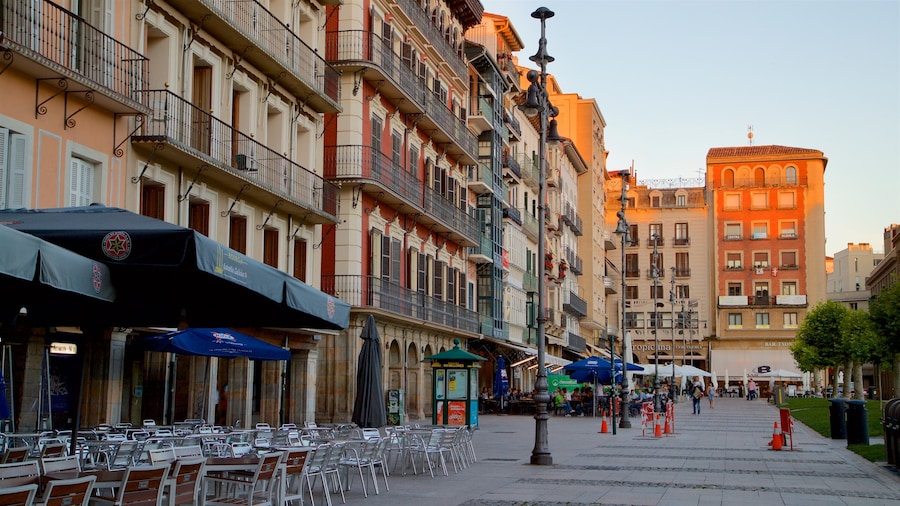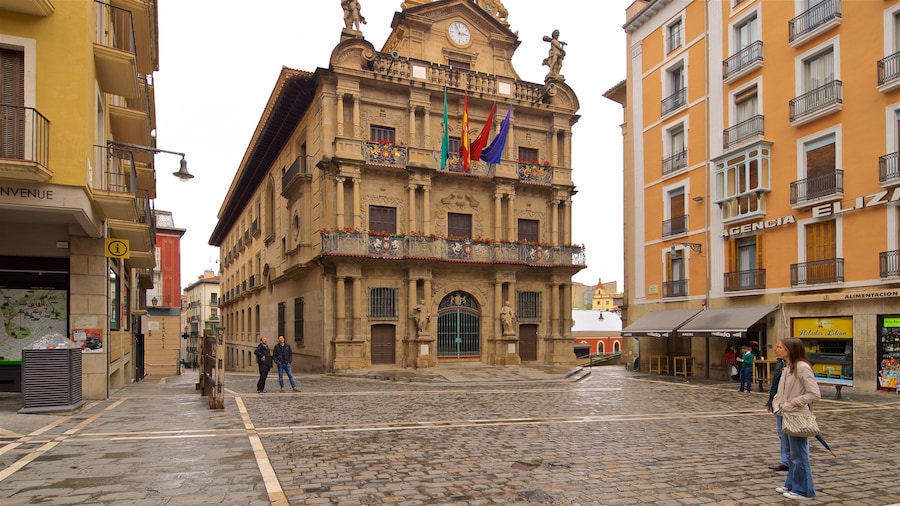Learn about the importance of this 18th-century defensive structure and how it has affected the lives of the citizens it was built to protect.
Discover some of Pamplona's ancient history with a visit to the Fortín de San Bartolomé. “Fortín” translates to “fort,” and this 18th-century stronghold was the last defensive structure of this kind to be built in the city. Today the fort houses exhibits about its own history. It is also a good place to start a walk along the remains of the walls that once completely surrounded the old town.
The exhibits are spread across a series of bomb-proof barracks that were originally used to store gunpowder and provisions. Through the exhibits, learn about the evolution of the walls and how they contributed to the city's defense through the ages. Pick up insights into such defensive elements as counterguards and ravelins, learn about how the lives of the city's residents have been affected by the walls over the centuries and see historical artifacts.
Watch the 10-minute video that covers the history of the walls from the 12th century to the present day. Look at the graphite drawings believed to have been made by soldiers while on watch duty. Listen to the five video characters from different eras discussing their lives.
After your visit, go for a walk along the 3-mile (5-kilometer) path that follows the ancient walls. The route will take you past several historic sites. These include the 17th-century Palacio Arzobispal(Archbishop’s Palace), the Baluarte de Labrit, a 16th-century bastion, and the Catedral de Santa MaríalaReal(Pamplona Cathedral). The cathedral houses the tomb of Charles III of Navarra. This monarch ruled during the late 14th and early 15th centuries. Finish your visit by exploring the exhibition space dedicated to other fortified towns around the world.
Located next to Pamplona Bullring at the end of Parque de la Media Luna (Media Luna Park), the Fortín de San Bartolomé is easy to get to by public transportation. Visit any day except Monday, when it is closed, and pay a small charge for admission. Entrance is free for students, unemployed people, senior citizens and children under the age of 12.
